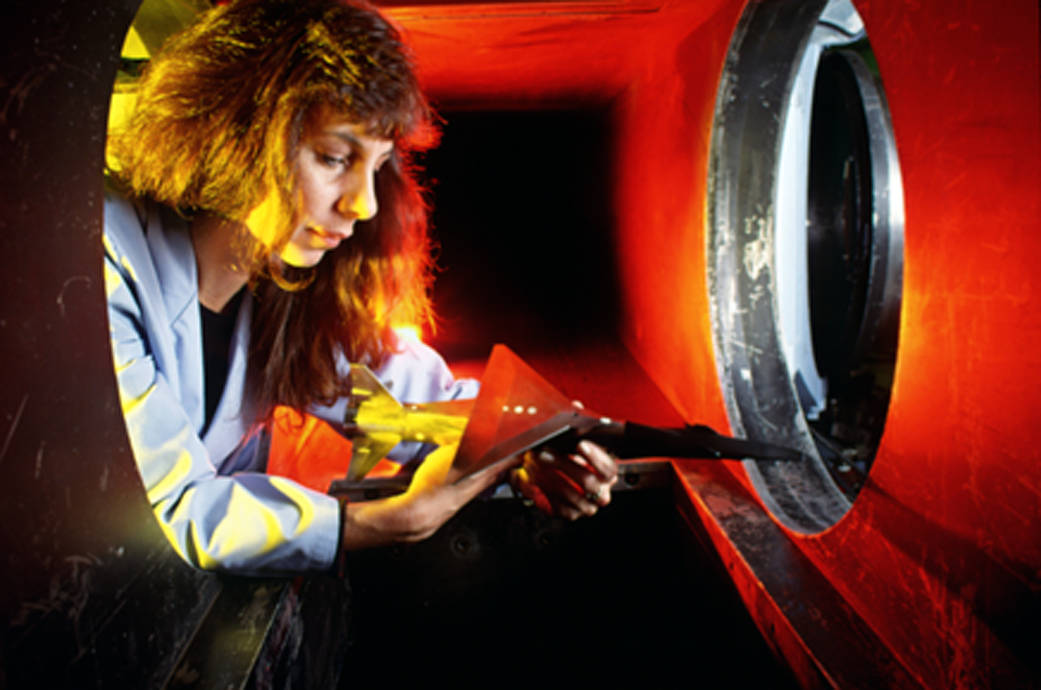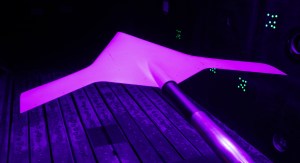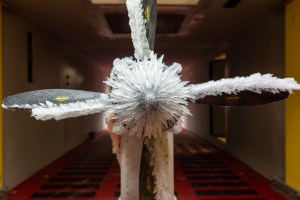An amalgamation of four hypersonic wind tunnels, NASA Langley’s Aerothermodynamics Laboratory (LAL) was designed and constructed in the late 1950s and early 1960s. The LAL has contributed to all of the nation’s major hypersonic vehicle programs. Today the Laboratory is used to conduct fundamental-flow physics research, assess aerodynamic performance and aeroheating, and screen, optimize and benchmark advanced aerospace- vehicle concepts.
The LAL provides Mach 6 to 10 simulation at a wide range of unit Reynolds number parameters. In conjunction with experimental aerothermodynamics, the LAL provides a full range of computational aerothermodynamics from subsonic to hypersonic regimes. Surface heat-transfer rates are measured using thin-film resistance gages, infrared imaging systems, thermocouples, and global two-color thermographic phosphors.
Most recently the Laboratory was a major contributor to the Shuttle Columbia accident investigation and the space shuttle return-to-flight program. With renewed interest in planetary and space exploration, the LAL has also contributed to the development of the Mars microprobe, the Stardust sample-return capsule, the Genesis solar probe, the Orion manned spacecraft, and the Ares launch system.
Langley Aerothermodynamics Laboratory Fact Sheet

































